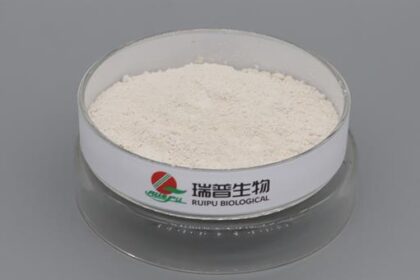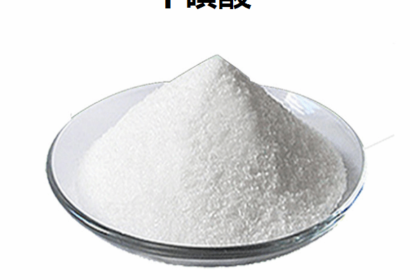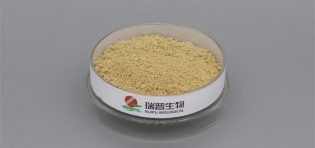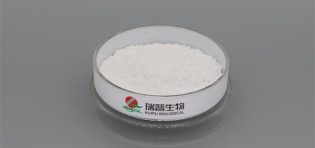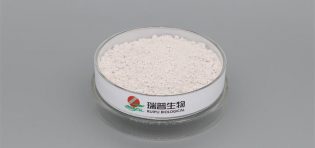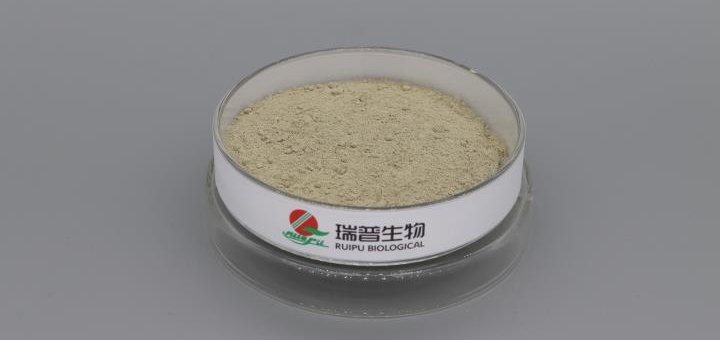
Ferrous gluconate, as an oral iron supplement with high safety, plays an important role in nutritional support for the elderly. Its application needs to be comprehensively considered in combination with the physiological characteristics, nutritional needs, and drug metabolism characteristics of the elderly, which is specifically reflected in the following aspects:
I. Specificity of Iron-Deficiency Anemia in the Elderly and the Need for Iron Supplementation
Due to the decline in physiological functions, the incidence of iron-deficiency anemia in the elderly is significantly higher than that in young and middle-aged people. The inducing factors include: reduced iron absorption capacity caused by gastrointestinal mucosal atrophy (decreased gastric acid secretion reduces the efficiency of converting Fe³⁺ to Fe²⁺); insufficient intake of iron-rich foods due to tooth loss or weakened chewing function; "inflammatory anemia" caused by chronic diseases (such as chronic kidney disease, inflammatory bowel disease) (elevated hepcidin inhibits iron utilization); and interference with iron absorption by long-term use of drugs such as antacids and anticoagulants.
Iron deficiency will not only aggravate the problems of physical decline and cognitive impairment in the elderly but also increase the risk of falls and infections. Therefore, correcting iron deficiency is an important part of improving the overall nutritional status in elderly nutritional support. Ferrous gluconate is more suitable for the elderly to tolerate because of its good water solubility and low gastrointestinal irritation (the incidence of adverse reactions such as nausea and constipation is reduced by about 30% compared with ferrous sulfate).
II. Application Advantages of Ferrous Gluconate in Elderly Nutritional Support
Safety and Tolerability Adapt to Elderly Physiological Characteristics
The gastrointestinal function of the elderly is fragile, and they are more sensitive to the irritation of iron supplements. Although the iron content of ferrous gluconate is lower than that of ferrous sulfate (about 12% vs. 20%), it has higher bioavailability and less direct stimulation to the intestinal mucosa, which is especially suitable for the elderly with chronic gastritis and constipation. Studies have shown that when supplementing 30-60mg of elemental iron daily (calculated as ferrous gluconate), the incidence of adverse reactions in the elderly is only 1/3 of that of ferrous sulfate.
Synergy with Elderly Nutritional Support Programs
Elderly nutritional support often needs to be combined with enteral nutrition preparations or dietary adjustments, and the absorption characteristics of ferrous gluconate make it easier to integrate into such programs:
Using it together with nutritional preparations rich in vitamin C (such as enteral nutrition powder containing vitamin C) can improve iron supplementation efficiency by promoting the stable absorption of Fe²⁺ (the absorption amount can be increased by 20%-30%);
Avoiding simultaneous administration with high-calcium preparations (such as calcium supplements) and whole grains with high phytate content (with an interval of 2-4 hours) can reduce the inhibition of iron absorption, which is particularly important when formulating daily meal plans for the elderly.
Targeted Improvement of Chronic Disease-Related Iron Deficiency
Common chronic diseases in the elderly, such as chronic kidney disease and heart failure, are prone to cause "functional iron deficiency" (sufficient iron reserves in the body, but unable to be effectively transported to hematopoietic tissues). Although ferrous gluconate cannot directly solve the problem of abnormally elevated hepcidin, continuous low-dose supplementation (such as 30mg of elemental iron per day) can gradually improve iron utilization efficiency. Combined with disease management (such as controlling inflammation), it can more steadily increase hemoglobin levels and reduce the risk of oxidative stress caused by rapid iron supplementation (especially critical for elderly people with cardiac and renal insufficiency).
III. Precautions and Dosage Adjustments in Application
Individualized Dosage and Monitoring
The iron requirement of the elderly varies according to their basic state: healthy elderly people can supplement 10-15mg of elemental iron daily to prevent iron deficiency; for those with confirmed iron-deficiency anemia, the initial dose is 30-60mg per day. After hemoglobin returns to normal, supplementation should continue for 3-6 months to correct iron reserves (serum ferritin ≥50μg/L).
In addition to hemoglobin, monitoring indicators should also include serum ferritin (reflecting stored iron) and transferrin saturation (evaluating iron utilization status) to avoid iron overload caused by blind dose increase (especially for elderly people with liver dysfunction).
Management of Interactions with Other Drugs
The elderly often take multiple drugs, so attention should be paid to the interval between ferrous gluconate and other drugs: for example, when taken with levodopa or thyroid hormones, iron may reduce the absorption of the latter, so an interval of at least 2 hours is required; co-administration with antibiotics (such as quinolones and tetracyclines) may form chelates, affecting efficacy, so it is recommended to stagger the administration time.
Replacement and Combination Strategies for Special Cases
For elderly people with severe malabsorption (such as after gastrectomy) or who cannot tolerate oral iron supplements, parenteral iron agents (such as iron sucrose) can be used in short-term combination, but ferrous gluconate can still be the first choice for subsequent maintenance treatment to reduce the infection risk of parenteral administration. In addition, for elderly people with combined vitamin B12 or folate deficiency (common in long-term vegetarians or those with malabsorption), corresponding nutrients should be supplemented at the same time; otherwise, simple iron supplementation is difficult to correct anemia.
IV. Future Application Potential
With the refinement of elderly nutritional support, the application of ferrous gluconate is expanding from simple iron supplementation to the synergy of "nutrition-metabolism-disease management". For example, combining it with probiotic preparations can improve the iron absorption environment by regulating intestinal flora (some probiotics can secrete siderophores to promote Fe²⁺ utilization); the development of new sustained-release preparations (such as microencapsulated ferrous gluconate) is expected to further extend the action time, reduce the number of daily administrations, and improve the medication compliance of the elderly.
Ferrous gluconate, with its high safety and good tolerability, has become the core choice for correcting iron deficiency in elderly nutritional support. However, its application needs to be comprehensively adjusted in combination with individual health status, nutritional plans, and drug interactions to achieve the goal of "effective iron supplementation and risk reduction".


